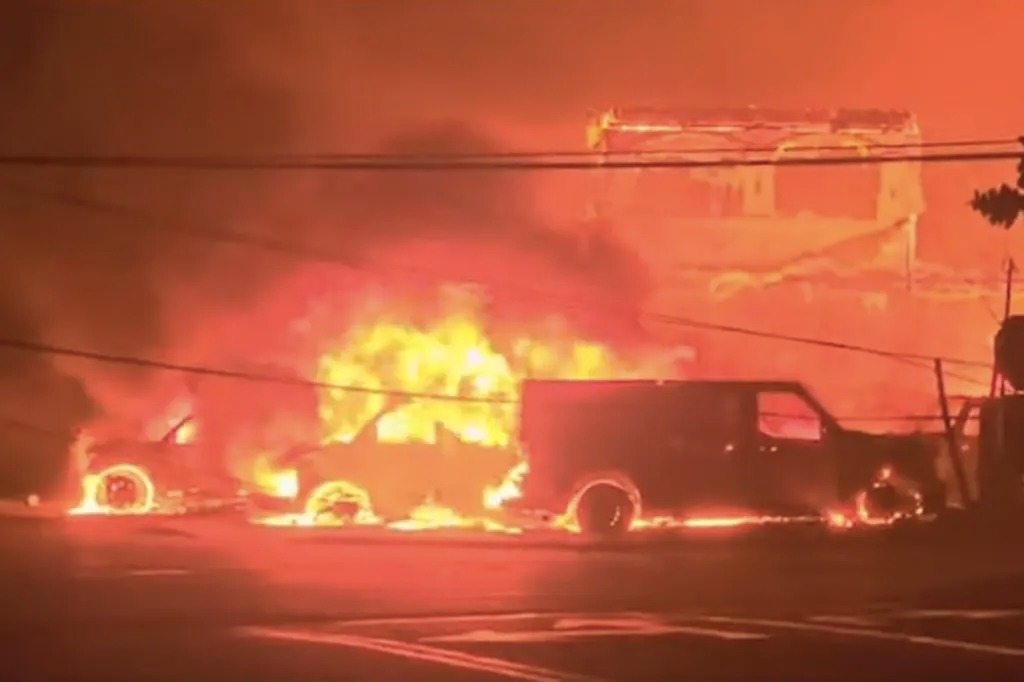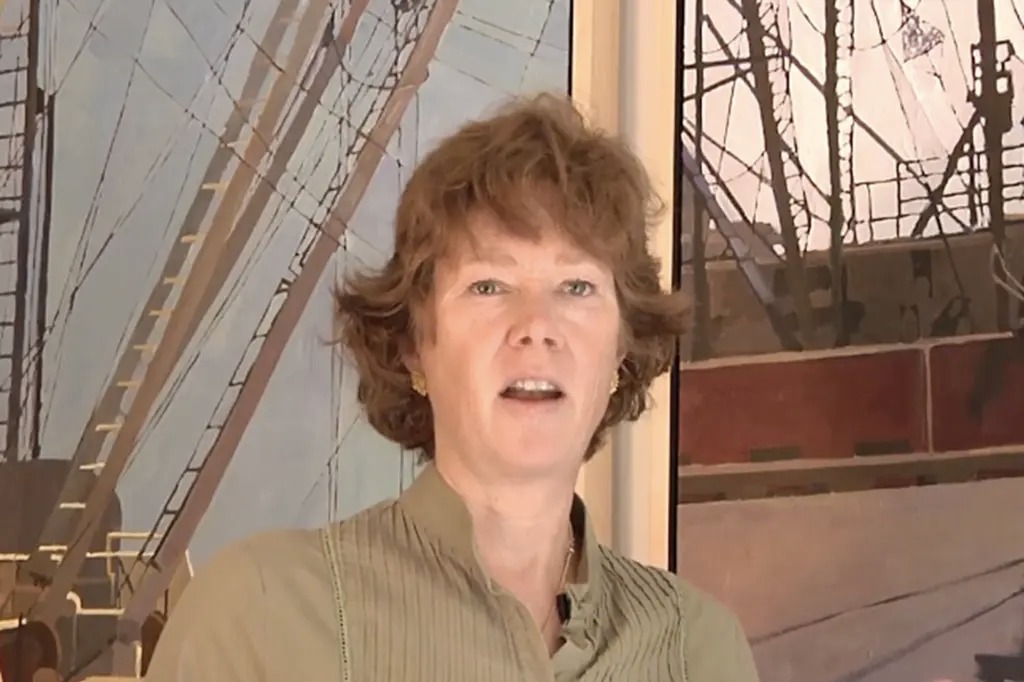Viral Red-roofed House survived Maui wildfires : A red-roofed house is viral because of it’s survival of Maui wildfires. The owner has given opinion about how this happened. She talked about it’s survival in a neighborhood otherwise reduced to ash.
Stunning aerial images of the unscathed property went viral last week — while also sparking bonkers conspiracies that the local devastation was a targeted laser attack from space.

However, owner Dora Atwater Millikin put it down to a handful of routine changes during a recent renovation — none of which were aimed at surviving such a disaster.
“It’s a 100% wood house so it’s not like we fireproofed it or anything,” the landscape painter told the Los Angeles Times.
Atwater Millikin said that she and her husband, Dudley, a retired portfolio manager, did not have wildfires in mind when they renovated the 100-year-old former bookkeeper’s house that they’ve owned for three years.
One decision that may have unknowingly helped it survive the wildfire — the deadliest in the US in more than a century — was replacing the asphalt roof with one made out of heavy-gauge metal, she told the LA paper.
She was told that during the fire, “there were pieces of wood — 6, 12 inches long — that were on fire and just almost floating through the air with the wind and everything,” she told the LA Times.
“They would hit people’s roofs, and if it was an asphalt roof, it would catch on fire. And otherwise, they would fall off the roof and then ignite the foliage around the house.”
There, too, they also unknowingly improved the property’s odds of survival, having lined the ground with stones up to the drip line of the roof, and cut down foliage that was up against the outside walls.
While it was implemented to keep out termites, not protect against fires, it almost perfectly fit guidance given by experts, according to Susie Kocher, a forestry adviser for the University of California Cooperative Extension who co-authored a guide on how to harden homes against wildfires.
“If shrubs and bushes, especially flammable ones, are right up next to the house and embers catch them on fire, the heat can burst the window and it goes right into the home from there,” Kocher told the LA Times.
The red-roofed house may also have benefited from not being too close to neighboring properties — often the main fuel for fires — instead being bordered on three sides by the ocean, a road and an empty lot.
While the house had sprinklers, so did most of the neighbors’ properties, and the system wasn’t working when needed because the power was out, Atwater Millikin said. However, any combustibles were largely removed from the under-deck area, which also faced the ocean.

Kocher said the house had many of the qualities that would help it survive such disasters.
“People generally think that it’s a big wall of flames that is catching houses on fire, but often the mechanism is embers,” she said.
“So embers are coming from the flaming front, which could be some distance away.”
That mistaken belief also creates wild unfounded rumors about why some areas remain undamaged while all around is razed, she said.
“I think conspiracy theories can flourish when we don’t understand how things happen,” Kocher said.
Atwater Millikin and her husband plan to return to Maui soon and open their place to neighbors who were left homeless.
“We lost neighbors in this, and neighbors lost everything,” Atwater Millikin told the California paper.
“So many people have lost everything, and we need to look out for each other and rebuild. Everybody needs to help rebuild.”
Viral Red-roofed House survived Maui wildfires
